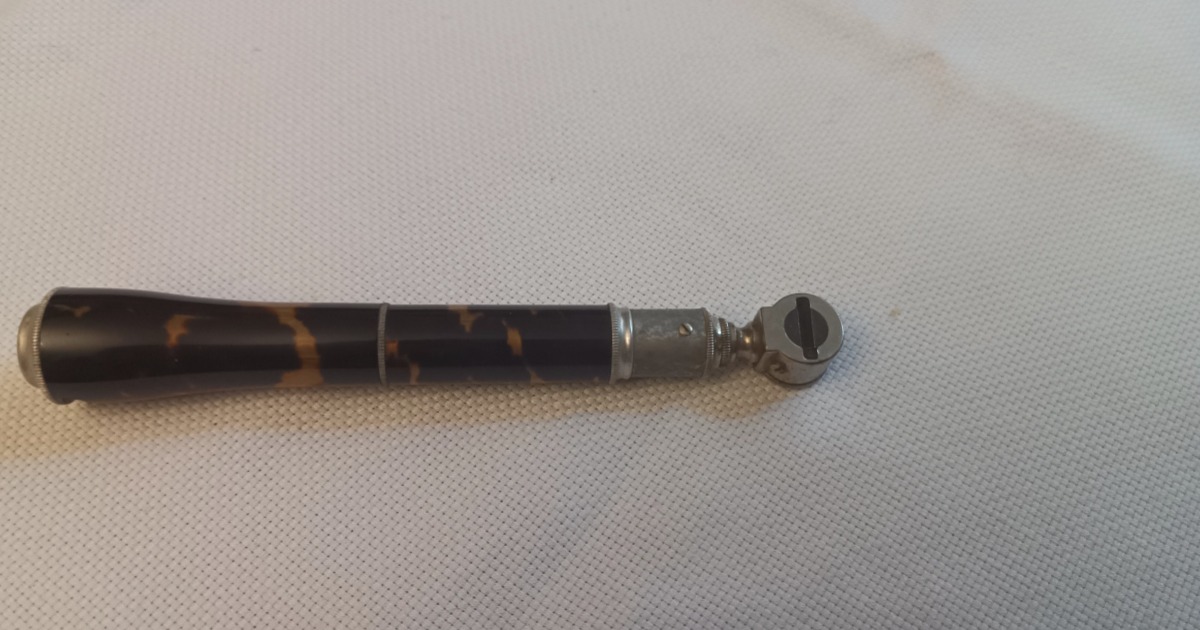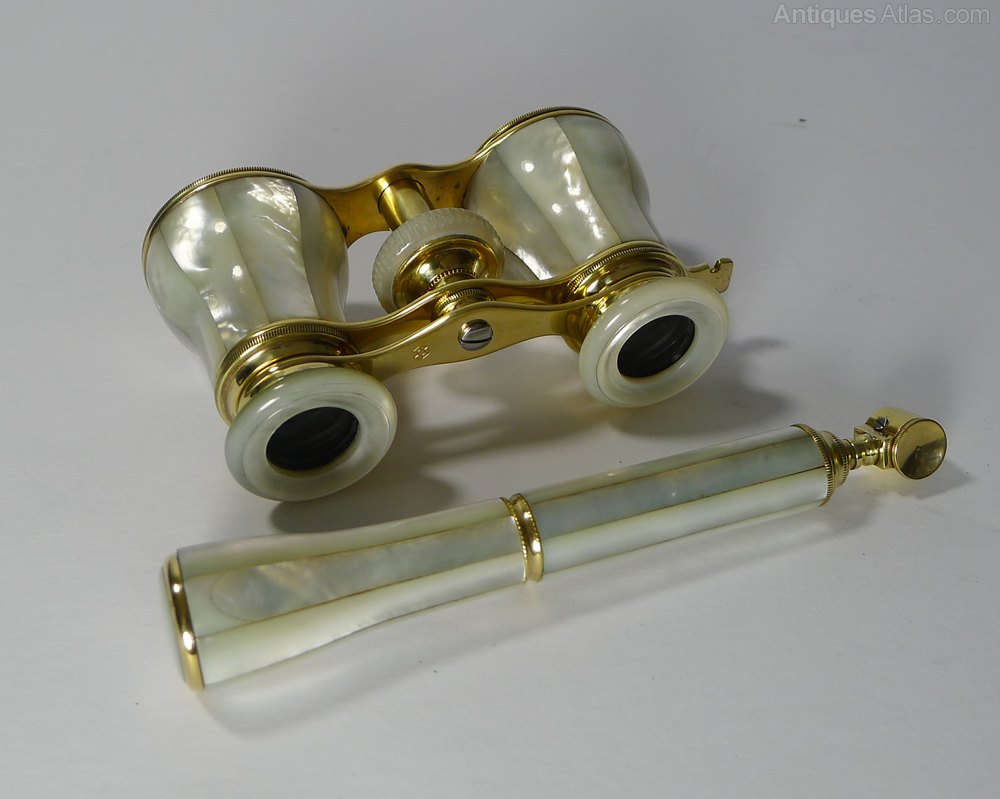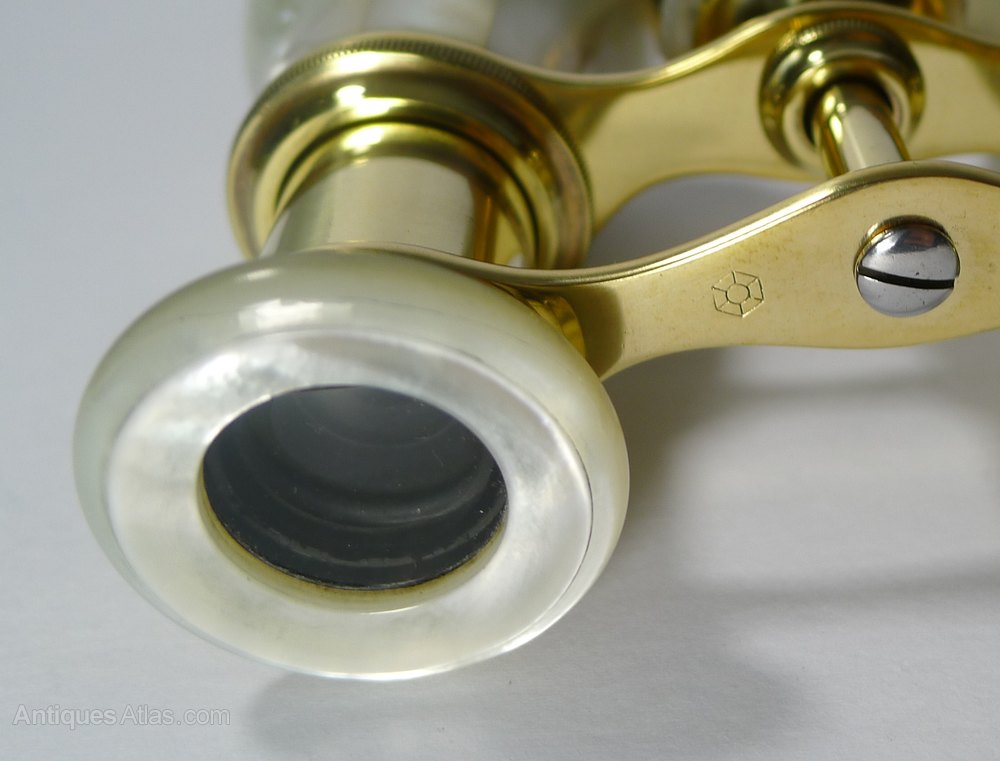The Hidden Elegance of a Forgotten Era

Source: Reddit
Have you ever stumbled upon something that felt like a little doorway to the past? That’s exactly the feeling you get when you hold an antique opera glass handle. It’s one of those objects that doesn’t just sit quietly in history—it almost whispers stories of grand theaters, glittering chandeliers, and nights filled with music and drama.
At first, it might not seem like much. A slender handle, maybe with a shiny finish or an intricate pattern. But once you know what it is—and what it meant—you can’t help but be charmed. This tiny tool isn’t just practical; it’s a symbol of a time when life felt more deliberate, and elegance was woven into every detail.
So, What Exactly Was an Opera Glass Handle?
Let’s rewind to the 19th century, when going to the theater or opera was a big deal. Back then, the stage wasn’t just far away—it was far. If you wanted to see the actor’s expressions or the embroidery on a costume, you needed a pair of opera glasses, which were like mini binoculars.
The problem? Holding those glasses steady for an entire performance wasn’t exactly graceful. Enter the opera glass handle: a clever little attachment that let you hold your glasses comfortably with one hand. And this wasn’t just about convenience—it was about looking good while doing it.

Some handles were telescopic, meaning they could extend and retract like a magic wand. Others stayed simple and sturdy. Either way, they made holding opera glasses not just easier but more stylish. Imagine sitting in a theater box, elegantly holding your glasses up to your eyes while scanning the stage—or maybe even the audience. It’s easy to see why these handles became such a prized accessory.
A Snapshot of Theater’s Golden Age
To truly appreciate opera glass handles, you have to picture the world they belonged to. Theaters in the 1800s weren’t just places to watch a play—they were buzzing hubs of social life.
Imagine the scene: Women in flowing gowns, men in crisp suits, all gathered in gilded opera houses. Gaslights flicker softly, the orchestra is warming up, and the whole room feels alive with anticipation. And there you are, dressed to impress, holding a pair of opera glasses with a handle that’s as much a fashion statement as it is a tool.
Back then, attending the opera wasn’t just about the show. People took the chance to see and be seen, exchanging nods and glances while immersing themselves in a world where every detail mattered. They chose even a tiny item like an opera glass handle with care, ensuring it reflected their personality (and perhaps their social standing).

The Beauty of Craftsmanship
What really sets these handles apart today is their beauty. They weren’t just functional—they were crafted with intention, designed to be admired.
Take tortoiseshell, for example. Its warm, marbled tones of amber and brown made it one of the most coveted materials of the era. Owning a handle made of real tortoiseshell was a sign of luxury. These days, most surviving pieces use faux tortoiseshell, but they still capture that timeless elegance.
Mother-of-pearl had this soft, beautiful glow, and polished brass or silver added a classic touch. Some handles were simple, but others were little works of art—engraved, patterned, or even set with tiny gemstones. It’s incredible to think how much care went into something so small.
Why Do These Little Treasures Still Matter?
In a world of smartphones and streaming, it’s fair to wonder why anyone would care about an old opera glass handle. But that’s exactly why they’re so fascinating—they belong to a time when life was different.
Back then, people valued craftsmanship. They didn’t just grab something off a shelf for convenience; they wanted objects that were beautiful, meaningful, and built to last. Opera glass handles remind us of that. They’re tiny pieces of history that connect us to a world where even the smallest things had a sense of elegance.

Holding one today, you can’t help but wonder: Who used this? What performances did it see? Was it held during a thunderous standing ovation or a hushed, tear-filled aria? It’s those little moments that make these handles so much more than just objects—they’re storytellers.
Caring for a Piece of History
If you happen to own one of these little treasures—or you’re thinking of adding one to your collection—show it some love. Craftsmen used delicate materials like tortoiseshell or mother-of-pearl to create many of these handles, so you should keep them away from heat or humidity—they can be surprisingly fragile for something that has lasted so long.
When it comes to cleaning, a soft cloth is all you really need for the metal parts. And if the handle telescopes, take your time when opening or closing it; no need to rush. These little treasures have already survived for decades—maybe even centuries—and with just a bit of extra care, they’ll stay just as beautiful for years to come.
A Window into the Past
At first glance, an antique opera glass handle might not seem like much. But when you really stop and think about it, it’s kind of amazing. This tiny object once belonged to a world where going out wasn’t just about the destination—it was about the whole experience. People cared about the little things, and those little things made every outing feel special.

If you ever find one tucked into a corner of an antique shop or hidden away in someone’s attic, pick it up. Hold it for a moment. Imagine where it’s been—the theaters it has seen, the performances it has watched, and the hands that held it steady during a breathtaking aria or thunderous applause.
It’s funny how something so small can carry so much history. These little handles remind us that even the tiniest details can connect us to stories bigger than we’ll ever know.